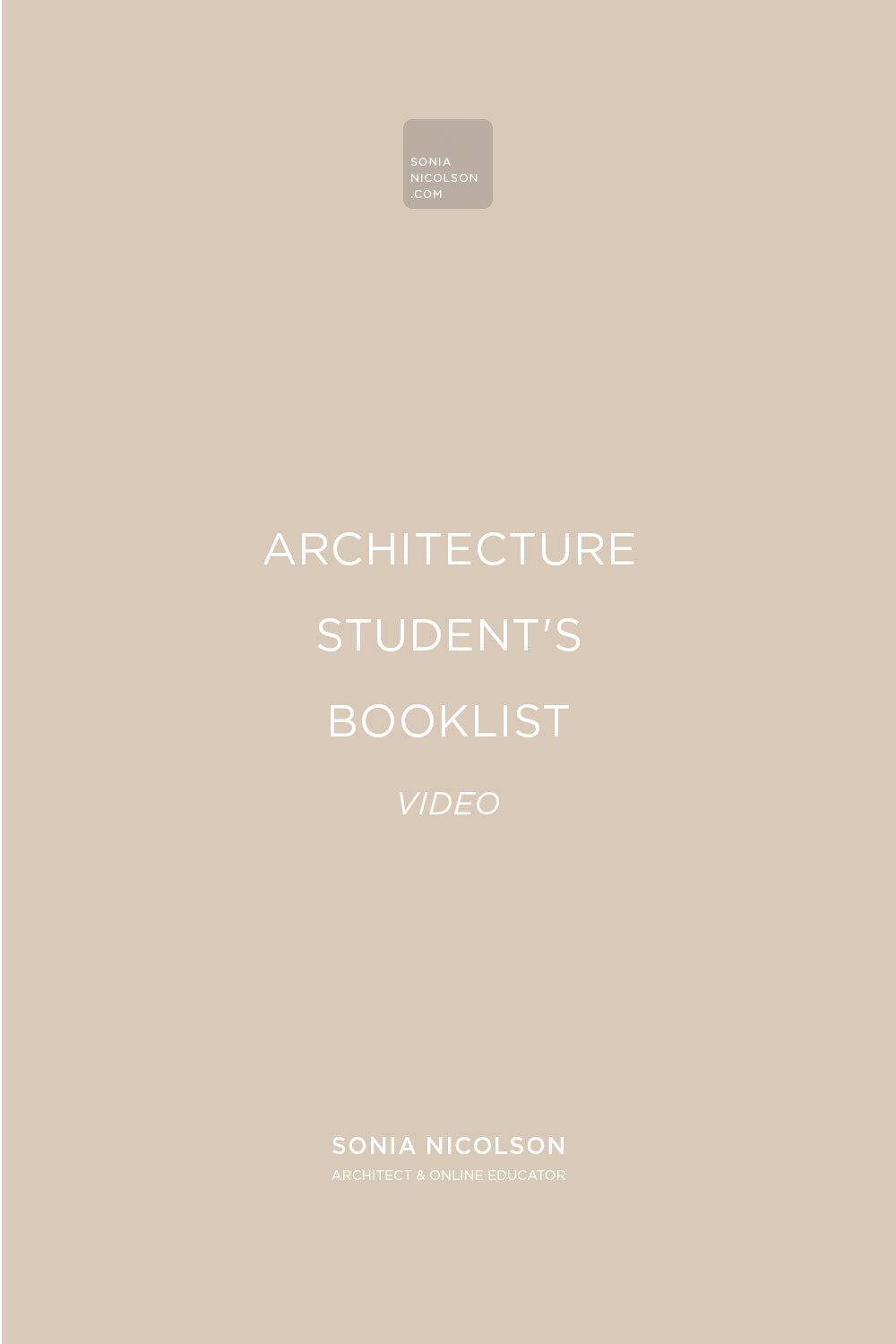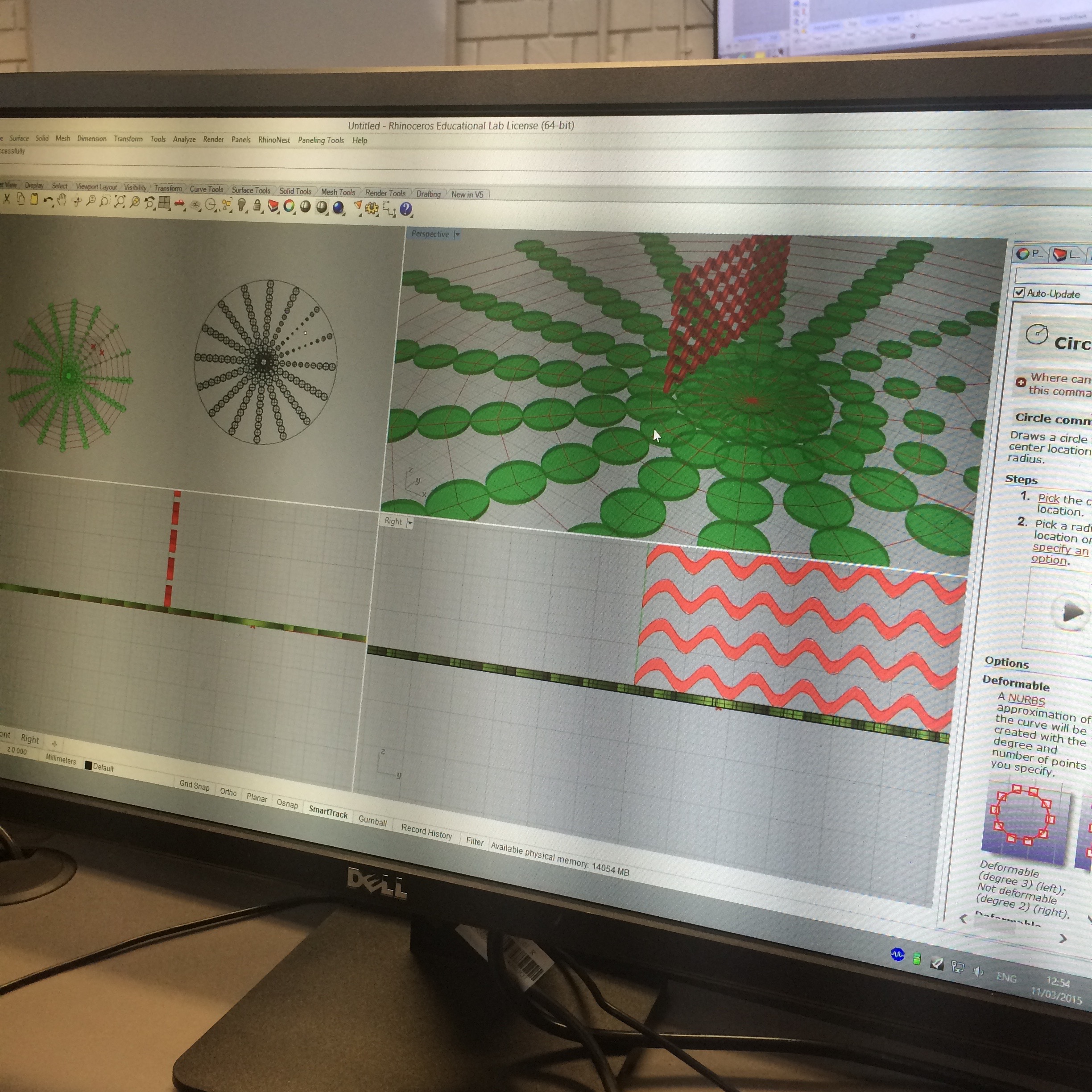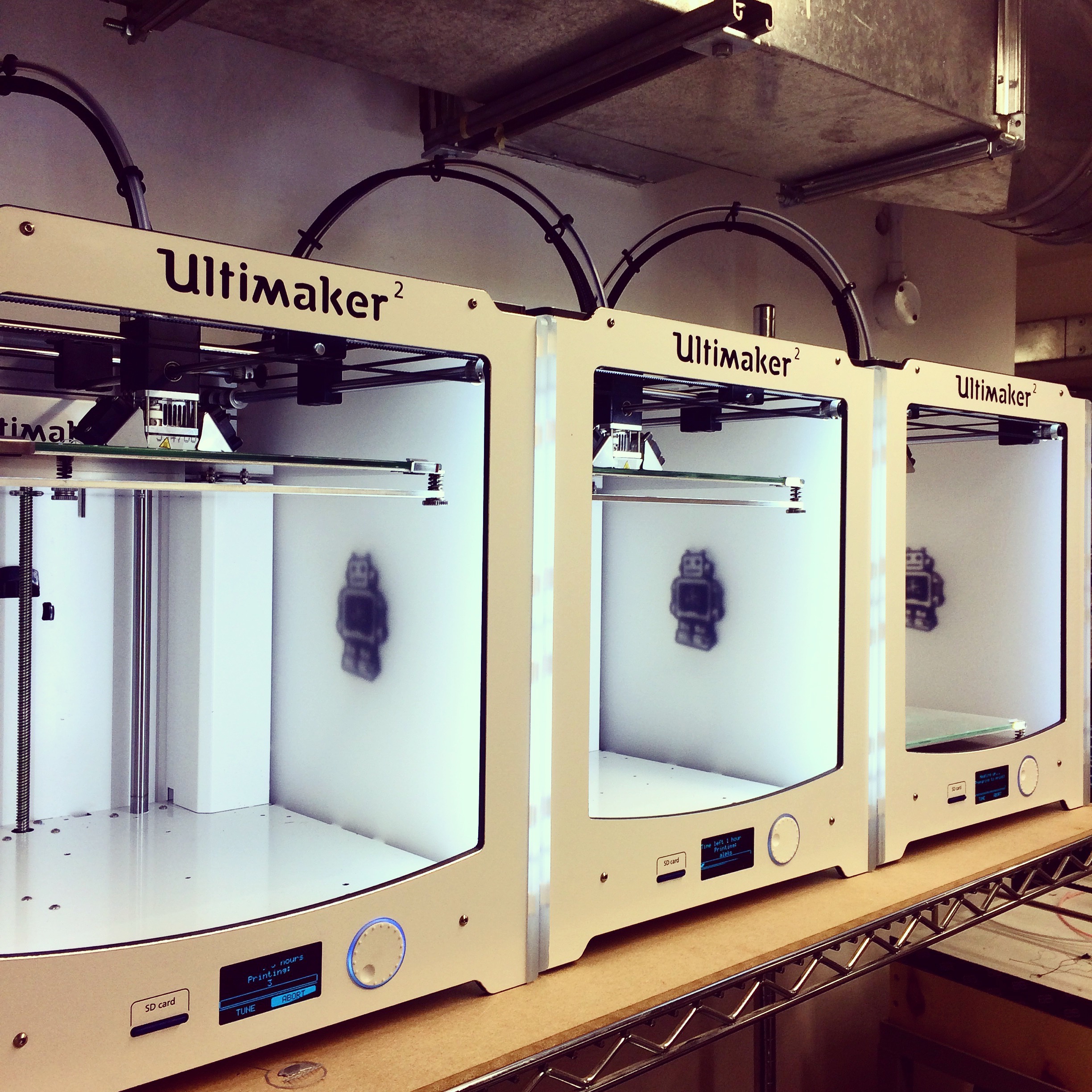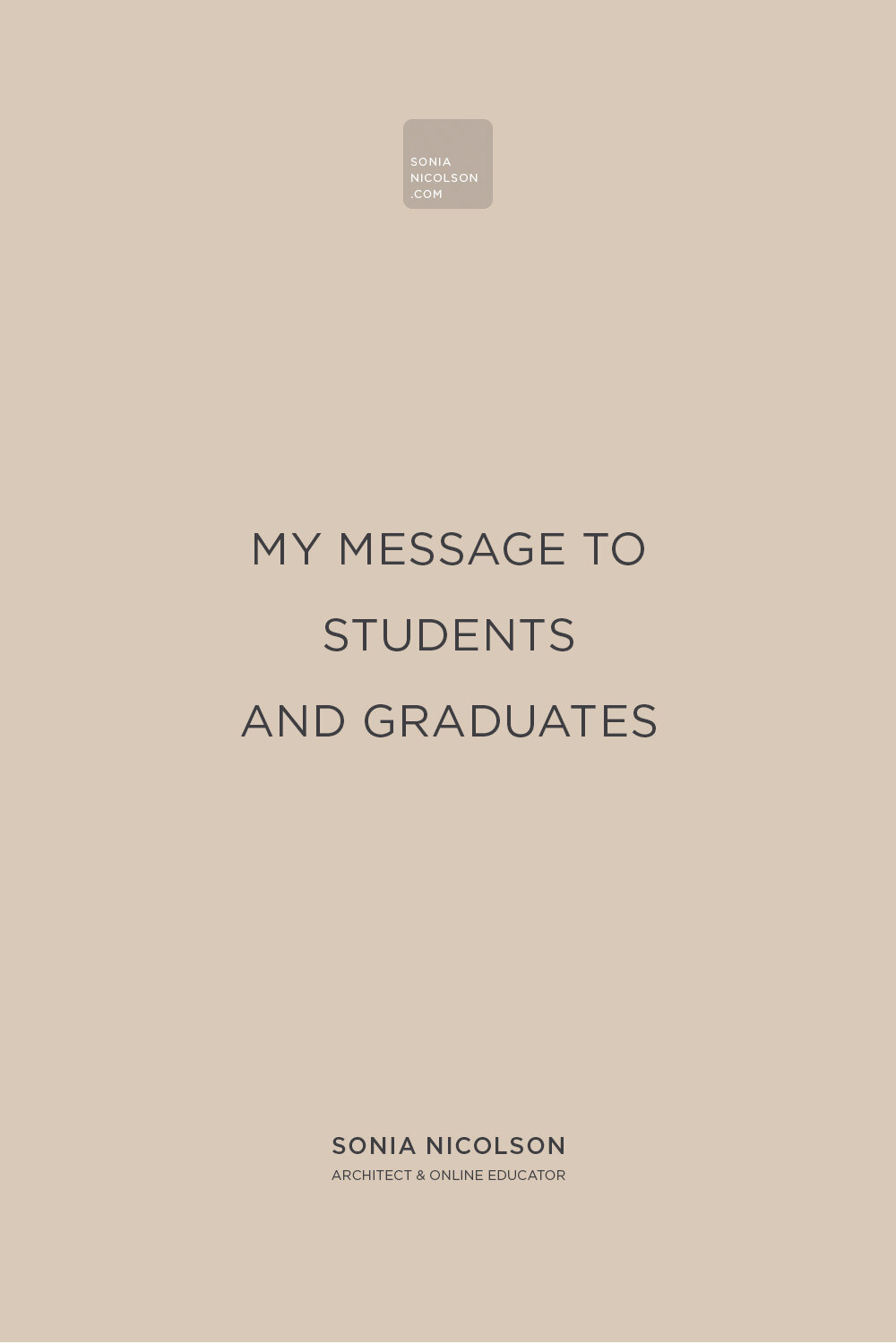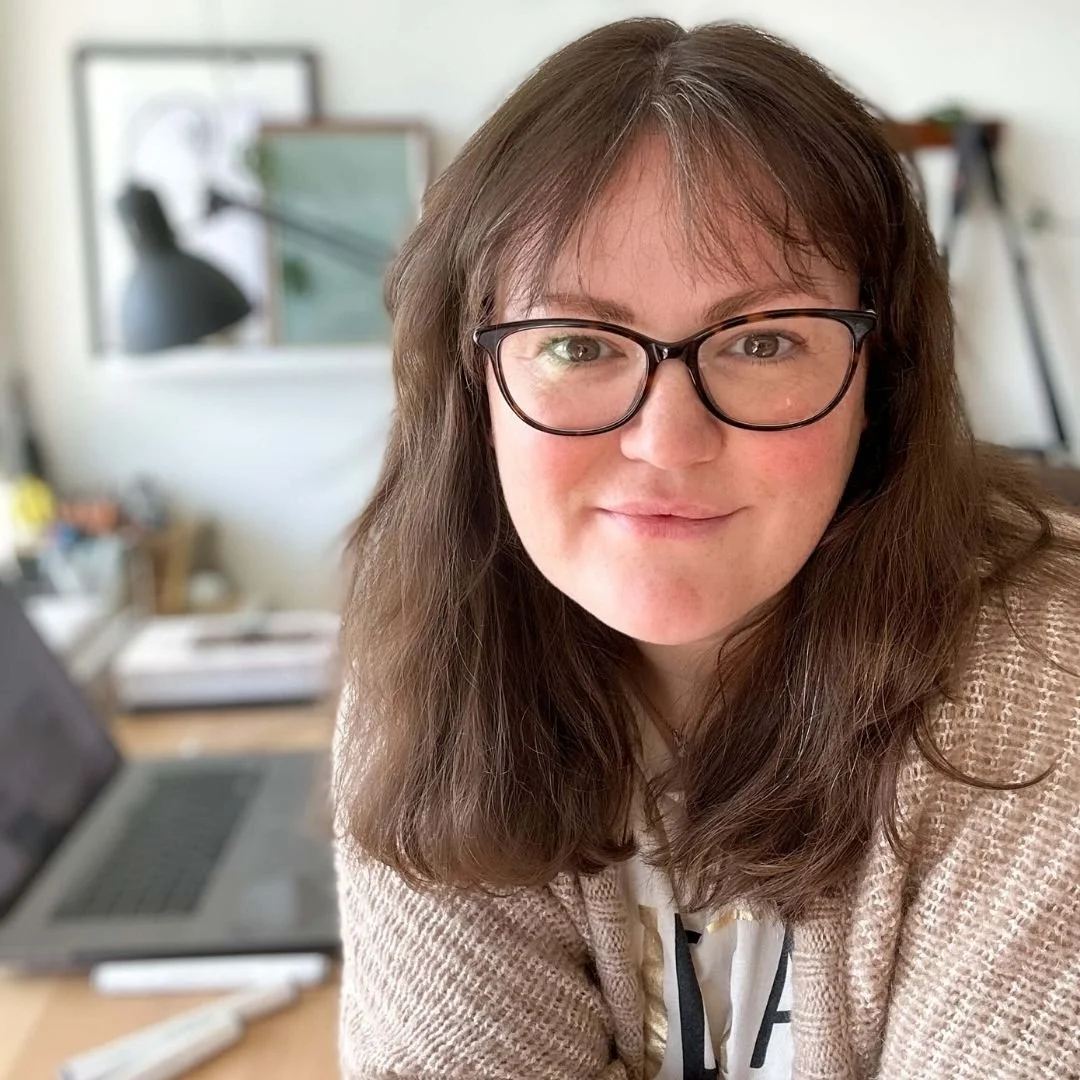Architecture Student's Booklist
/Whether you're heading to an Open Day, had your interview, got your place, or already started on a course, you will need to start thinking about the dreaded book list, and if you will actually spend any of your hard-earned cash purchasing any of them. My advice is if you have some pennies to spare, take advantage of this time and money to invest in the basic book list. I suggest the following books mainly for Interior Design/Architecture courses but you can adapt if you're studying another art and design course.
Library
Universities and Colleges have fantastic Libraries, with Librarians who are not only friendly but can and will, assist you in finding out what it is you are after. There are loads of books, e-books, magazines and journals, online links, and tutorials, plus they often have a large selection of DVDs and videos from educational documentaries to inspirational movies. And, do not forget your local library too, they are perfect for local historical information, maps, old photos, etc.
Books
If you are planning to study the interior, be it Interior Design or Interior Architecture and Design, I have listed some great books to help get you started and feed into your studies. The start of term is when students tend to have a little bit of money and therefore there is far more chance they will spend it on course supplies than any other student spending. With this in mind, I recommended the following four books:
Ching, F D K. Architectural Graphics, Van Nostrand & Reinhold
Littlefield, D. (2012) Metric Handbook: Planning & Design Data, London: Routledge
Ross, A., Hatreed, J. & Baden-Powell, C. (2011) Architects Pocket Book, London: Architectural Press
Architecture For Humanity. (2006) Design Like You Give A Damn, Thames & Hudson
Pile, J. (2013) A History of Interior Design, London: Laurence King
Plunkett, D. (2010) Construction and Detailing for Interior Design, Laurence King
Brown, R. (2012) Materials and Interior Design, Laurence King
McLeod V. (2012)Detail in Contemporary Residential Architecture, Laurence King [with CD of drawings] full series also available
PDF downloads:
Metric Handbook | Architect's Pocket Book
Most of the books listed above will be used by both Interior Design and Architecture students alike, and are often a good investment as they will stay with you from student life to the working world.



